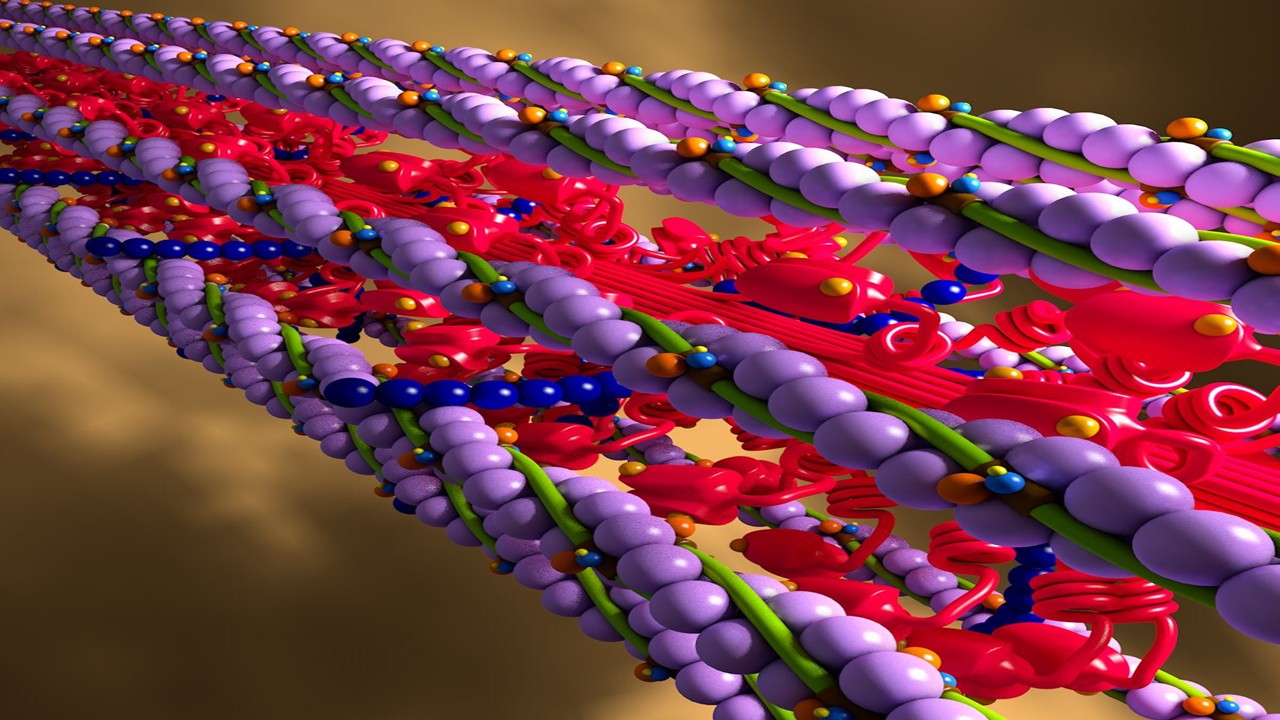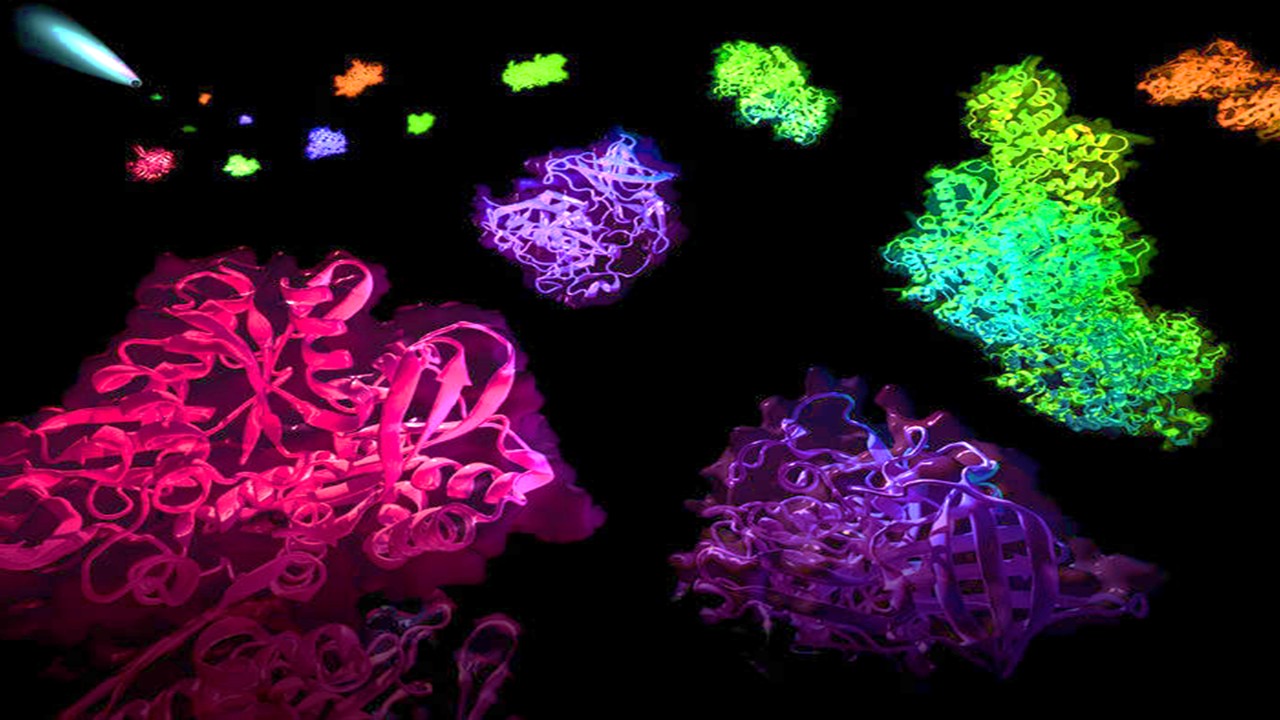While much of modern cancer research focuses on the role of genes, a deeper layer of complexity has emerged in the form of non-coding RNAs (ncRNAs). These molecular players, which do not code for proteins, serve as critical regulators of gene expression. Their dual nature allows them to act as either oncogenes or tumor suppressors, subtly controlling cellular processes such as drug metabolism, DNA repair, and apoptosis—the programmed cell death vital in cancer elimination.
The impact of ncRNAs on drug resistance has been particularly profound. For example, one key molecule, miR-21, has been linked to chemotherapy resistance in non-small cell lung cancer (NSCLC), specifically against cisplatin. By upregulating this molecule, cancer cells essentially build an internal shield, making the chemotherapy far less effective. This discovery hints at a deeper strategy for overcoming such resistance: targeting ncRNAs directly to open new pathways for therapeutic success.
Beyond chemotherapy, ncRNAs also play a crucial role in hindering targeted therapies. Long non-coding RNA (lncRNA) TTN-AS1, for instance, was found to promote resistance to cetuximab in colorectal cancer cells by driving the PI3K/Akt pathway. Similarly, a circular RNA, hsa_circ_0002130, heightens resistance to gefitinib, a common NSCLC therapy, by enhancing the cancer’s control over the epidermal growth factor receptor (EGFR) and associated signaling pathways. Thus, targeting ncRNAs like TTN-AS1 and hsa_circ_0002130 could potentially disarm these defenses, restoring the effectiveness of targeted treatments.
Mechanisms of Resistance: The Multiple Facets of ncRNA Influence
The ability of ncRNAs to mediate drug resistance lies in their multifaceted regulation of cellular processes. One striking mechanism involves the upregulation of drug efflux pumps, which serve as molecular gatekeepers, ejecting anticancer drugs out of the cancer cells. MicroRNAs (miRNAs) and lncRNAs manipulate these pumps, significantly lowering the intracellular concentration of therapeutic drugs. This molecular choreography leaves cancer cells untouched by the chemical onslaught meant to destroy them.
Additionally, ncRNAs orchestrate the epithelial-mesenchymal transition (EMT), a process in which epithelial cancer cells gain mesenchymal properties, enhancing their mobility and resistance to therapy. By activating the signaling pathways associated with EMT, ncRNAs allow cancer cells to evade treatments designed to halt their spread.
Equally insidious is the way ncRNAs inhibit apoptosis, tipping the balance in favor of cancer survival. They achieve this by skewing the production of proteins that regulate cell death. For example, by increasing anti-apoptotic proteins such as Bcl-2 or dampening the expression of pro-apoptotic proteins like Bax, cancer cells become significantly more resilient to chemotherapy-induced death.
Survival signaling pathways also come under the influence of ncRNAs. One such pathway, PI3K/AKT/mTOR, promotes cancer cell survival by downregulating tumor suppressor genes such as PTEN. This suppression not only bolsters cancer cell survival but also dampens the effects of various cancer therapies. Finally, ncRNAs can regulate the DNA repair mechanisms of cancer cells, allowing them to swiftly fix damage caused by therapies, thereby rendering treatment less effective.
Aptamer-siRNA Conjugates: A New Frontier in Cancer Therapy
In the burgeoning field of molecular medicine, aptamer-siRNA conjugates have emerged as one of the most promising strategies. Aptamers, short DNA or RNA sequences that specifically bind to cellular targets, can be conjugated with small interfering RNA (siRNA) molecules. This combination offers a powerful therapeutic advantage—precision. By directing siRNA precisely to the cells that need it, these conjugates reduce off-target effects and optimize the silencing of genes involved in cancer progression.
These conjugates excel not only in their targeting ability but also in their pharmacokinetics. The conjugation process protects siRNAs from degradation, increasing their stability and extending their circulation time in the bloodstream. This enhances their efficacy by allowing them to remain in the body long enough to reach their intended targets. Importantly, aptamer-siRNA conjugates are generally less immunogenic than other treatments, allowing for repeated administration without triggering severe immune responses.
By combining targeted delivery with gene silencing, these aptamer-siRNA conjugates represent a highly synergistic treatment modality, offering renewed hope for patients facing drug-resistant cancers.
The Challenge of Specificity and Delivery in ncRNA Therapeutics
As powerful as ncRNAs are, their potential as therapeutic targets is hindered by a number of significant challenges. One of the most pressing issues is the lack of specificity. Many ncRNAs, while implicated in cancer, are also expressed in normal cells. This makes it difficult to isolate their role in cancer biology and creates a barrier to developing treatments that do not affect healthy tissues.
Advanced techniques like single-cell sequencing and spatial transcriptomics have begun to tackle this problem by allowing researchers to map ncRNA expression in specific cancer cell populations. Such technologies offer a way to finely tune therapeutic interventions, targeting only the cancerous cells without disturbing normal cellular function.
The next major challenge lies in the delivery of ncRNA-based therapies. ncRNAs, being inherently unstable in the bloodstream, are susceptible to degradation by nucleases. Moreover, even if they reach the tumor, penetrating the cancer cells’ protective outer membrane is another hurdle. Nanoparticle-based systems, such as liposomes, offer a potential solution by protecting ncRNAs until they can reach their target. Viral vectors and exosome-based delivery methods have also been explored for their ability to carry ncRNAs directly into the cytoplasm, but issues such as immune responses and off-target effects still loom large.
A Future Worth Pursuing: The Promise and Complexity of ncRNA Research
The study of ncRNAs in cancer has yielded invaluable insights into the molecular mechanisms underlying drug resistance and tumor progression. Yet, this research has only scratched the surface of their potential. In the future, the identification of ncRNA biomarkers could transform cancer diagnosis and prognosis, offering a new level of precision in identifying cancer at its earliest stages.
Therapeutic strategies that target ncRNAs are also rapidly evolving, with new modalities such as CRISPR-Cas9 gene editing offering the potential to permanently modify the expression of cancer-related ncRNAs. The development of combination therapies, where ncRNA-targeting agents are paired with chemotherapy or immunotherapy, holds great promise in overcoming resistance mechanisms and improving patient outcomes.
However, the path forward is fraught with challenges. Tumor heterogeneity complicates efforts to identify universal ncRNA targets, and off-target effects continue to be a concern. The need for more precise delivery systems and deeper mechanistic understanding underscores the complexity of translating ncRNA research into viable clinical treatments.
In spite of these hurdles, the future of ncRNA research in cancer treatment remains bright. With continued advancements in both molecular biology and bioinformatics, the ability to decode and target these silent architects of drug resistance may finally unlock new doors in the fight against cancer.
Engr. Dex Marco Tiu Guibelondo, B.Sc. Pharm, R.Ph., B.Sc. CpE
Editor-in-Chief, PharmaFEATURES

Subscribe
to get our
LATEST NEWS
Related Posts

Bioinformatics & Multiomics
Mapping the Invisible Arrows: Unraveling Disease Causality Through Network Biology
What began as a methodological proposition—constructing causality through three structured networks—has evolved into a vision for the future of systems medicine.

Bioinformatics & Multiomics
Open-Source Bioinformatics: High-Resolution Analysis of Combinatorial Selection Dynamics
Combinatorial selection technologies are pivotal in molecular biology, facilitating biomolecule discovery through iterative enrichment and depletion.
Read More Articles
Myosin’s Molecular Toggle: How Dimerization of the Globular Tail Domain Controls the Motor Function of Myo5a
Myo5a exists in either an inhibited, triangulated rest or an extended, motile activation, each conformation dictated by the interplay between the GTD and its surroundings.
Designing Better Sugar Stoppers: Engineering Selective α-Glucosidase Inhibitors via Fragment-Based Dynamic Chemistry
One of the most pressing challenges in anti-diabetic therapy is reducing the unpleasant and often debilitating gastrointestinal side effects that accompany α-amylase inhibition.













